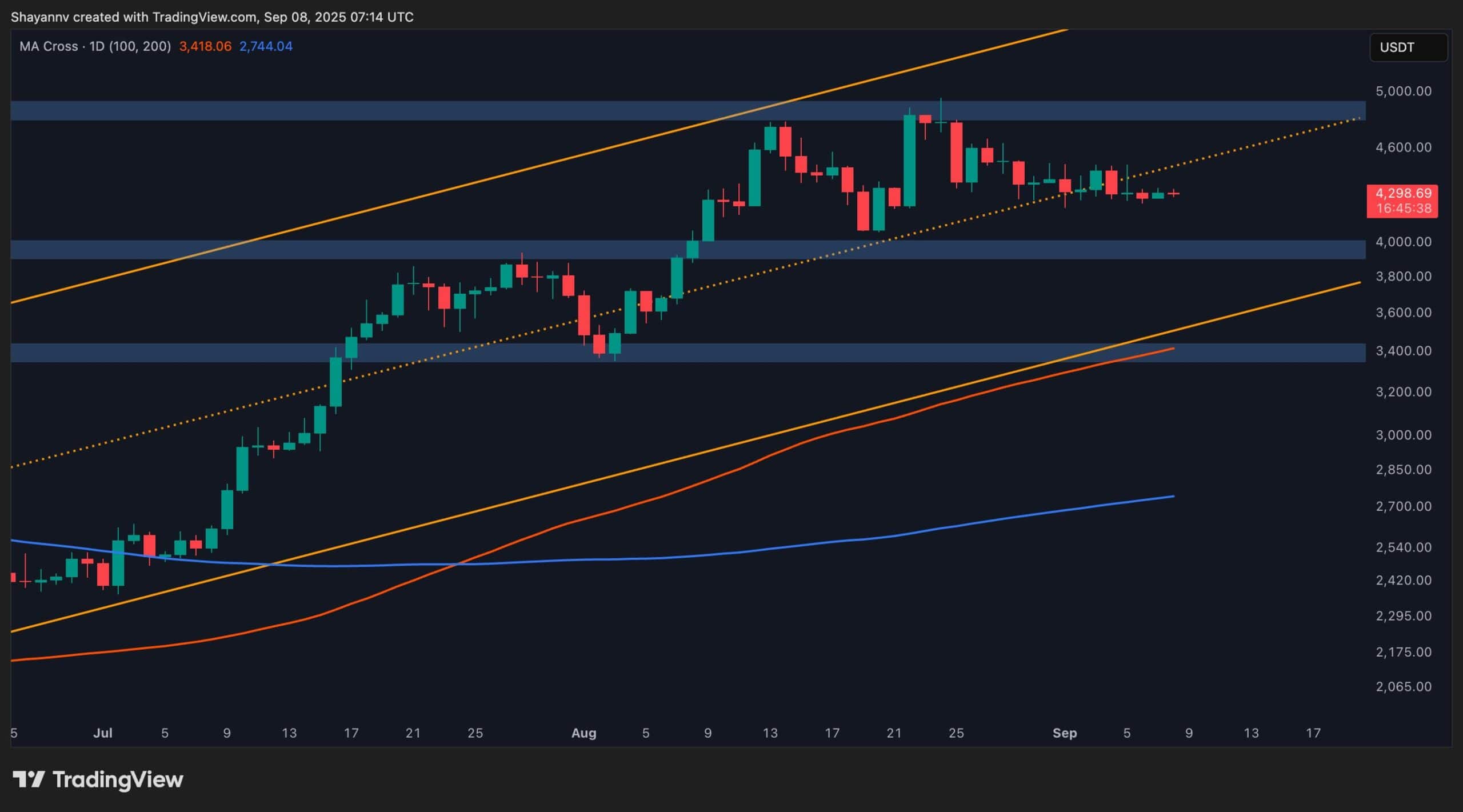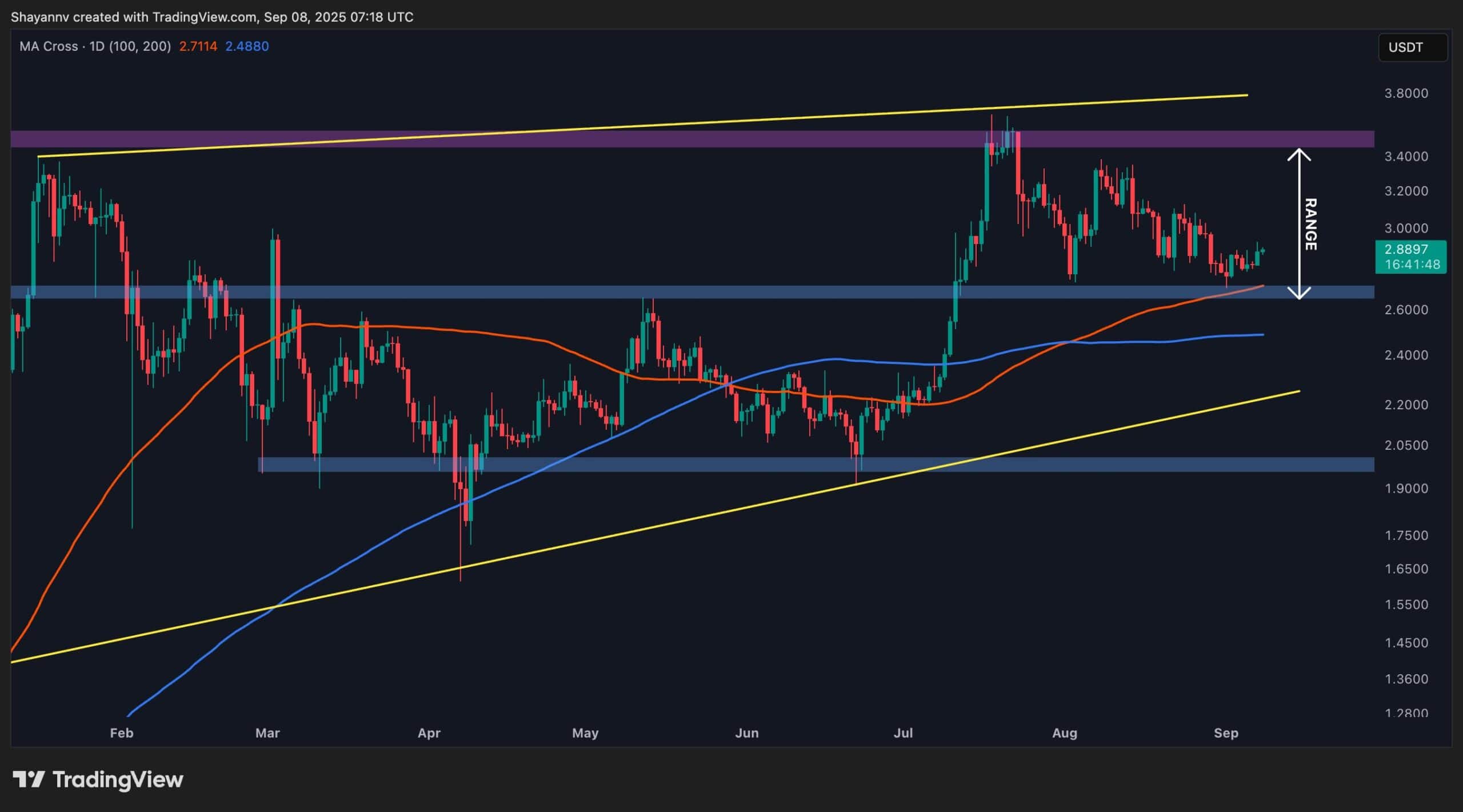ARTICLE AD BOX
Lawrence Jengar Oct 02, 2024 17:56
NVIDIA and Outerbounds collaborate to streamline the development and deployment of LLM-powered production systems with advanced microservices and MLOps platforms.

With the rapid expansion of language models over the past 18 months, hundreds of variants are now available, including large language models (LLMs), small language models (SLMs), and domain-specific models. Many of these models are freely accessible for commercial use, making fine-tuning with custom datasets increasingly affordable and straightforward, according to the NVIDIA Technical Blog.
Building LLM-powered Enterprise Applications with NVIDIA NIM
NVIDIA NIM provides containers to self-host GPU-accelerated microservices for pre-trained and customized AI models. Outerbounds, born out of Netflix, is an MLOps and AI platform powered by the open-source framework Metaflow. Together, they enable efficient and secure management of LLMs and systems built around them.
NVIDIA NIM offers a range of prepackaged and optimized community-created LLMs that can be deployed in private environments, mitigating security and data governance concerns by avoiding third-party services. Since its release, Outerbounds has been helping companies develop LLM-powered enterprise applications, integrating NIM into its platform to allow secure deployments across cloud and on-premises resources.
The term LLMOps has emerged to describe the practices around managing large language model dependencies and operations, while MLOps covers a broader spectrum of tasks related to overseeing machine learning models across various domains.
Stage 1: Developing Systems Backed by LLMs
The first stage involves setting up a productive development environment for rapid iteration and experimentation. NVIDIA NIM microservices provide optimized LLMs deployable in secure, private environments. This stage includes fine-tuning models, building workflows, and testing with real-world data while ensuring data control and maximizing LLM performance.
Outerbounds helps deploy development environments within a company's cloud account, using existing data governance rules and boundaries. NIM exposes an OpenAI-compatible API, enabling developers to hit private endpoints using off-the-shelf frameworks. With Metaflow, developers can create end-to-end workflows incorporating NIM microservices.
Stage 2: Continuous Improvement for LLM Systems
To ensure coherent, continuous improvement, development environments need proper version control, tracking, and monitoring. Metaflow’s built-in artifacts and tags help track prompts, responses, and models used, facilitating collaboration among developer teams. Treating LLMs as core dependencies of the system ensures stability as models evolve.
Deploying NIM microservices in a controlled environment allows for reliable management of model life cycles, associating prompts and evaluations with exact model versions. Monitoring tools like Metaflow cards enable visualization of critical metrics, ensuring systems remain observable and performance issues are promptly addressed.
Stage 3: CI/CD and Production Roll-outs
Integrating continuous integration and continuous delivery practices ensures smooth production roll-outs of LLM-powered systems. Automated pipelines allow continuous improvement and updates while maintaining system stability. Gradual deployments and A/B testing help manage the complexities of LLM systems in live environments.
Isolating business logic and models while unifying compute resources helps maintain stable, highly-available production deployments. Shared compute pools across development and production drive up utilization, lowering the cost of valuable GPU resources. Metaflow event triggering integrates LLM-powered systems with upstream data sources and downstream systems, ensuring compatibility and stability.
Conclusion
Systems powered by LLMs should be approached like any other large software system, with a focus on resilience and continuous improvement. NVIDIA NIM delivers LLMs as standard container images, enabling stable and secure production systems without sacrificing innovation speed. By leveraging best practices in software engineering, organizations can build robust LLM-powered applications that adapt to evolving business needs.
Image source: Shutterstock










 English (US) ·
English (US) ·